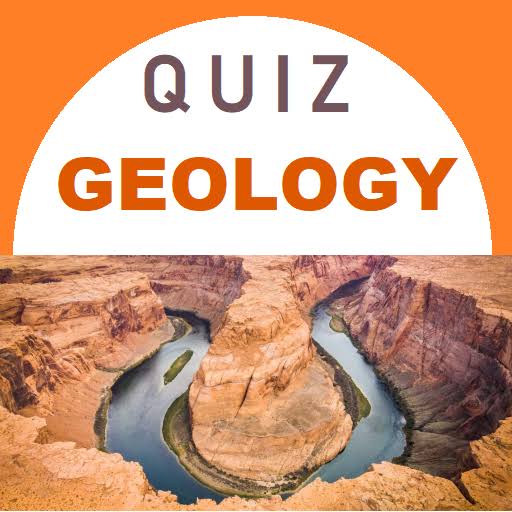Minerals are homogeneous, naturally occurring, inorganic solids that have a definite crystalline structure and chemical composition. In 1995, the World Minerals Organization put another definition saying that “a mineral is an element or a chemical compound that is naturally crystalline and formed as a result of geological processes.”
Minerals have their own specific physical properties which are constant for each mineral.
Minerals are substances formed in nature as a result of some geological processes, and they have a crystal structure and a special chemical composition, and they are considered homogeneous inorganic solids.
Minerals are classified according to their chemical composition.
- Elemental minerals.
- Sulfides group.
- Oxide group.
- Halide group.
- Phosphate group.
- Carbonate group.
- Sulfate group.
- Silkat collection.
How are minerals formed?
Fiery activity:
The crystallization process takes place through the molten liquid, where minerals begin to form after cooling this liquid, or through crystallization from hot solutions.
Sedimentation processes:
It crystallizes through the deposition of salt compounds of sea and ocean water, and this deposition takes place as a result of the evaporation of water, and it may be in the form of sedimentary mineral ores.
Transitions:
Minerals may form as a result of their exposure to the influence of various factors, namely heat, pressure, water vapor, and chemical reactions of solutions. An example of minerals that are formed as a result of conversion factors is graphite, which is formed from coal.
Physical properties of minerals
Crystal Appearance:
It is the external shape of the crystal, which in turn reverses the internal arrangement of its constituent atoms.
Color:
A specific number of minerals that have distinctive colors such as green or yellow can be distinguished, and we see it with the naked eye on the outer surface of the mineral.
scratching:
After rubbing the mineral with a scratch board, a specific powder of a certain color is produced, and the scratch expresses the color of the mineral powder after the rubbing process, and it is used to distinguish minerals of similar color.
Hardness:
It is a property that expresses the resistance of a mineral to scratching and can be determined by using a mineral of known hardness and scratching it with it.
Luminosity:
It expresses the extent of the luster of the surface of the mineral through the intensity of the light reflected from its surface, and it is either a metallic luster, a semi-metallic luster, or a non-metallic luster.
Transparency:
It expresses the ability of a mineral to pass light through it, and minerals are divided accordingly into opaque, semi-transparent, and transparent metals.
Specific Weight:
This term expresses the density of a mineral in relation to the density of water.
schizophrenia:
It is the susceptibility of the mineral to crack, and this crack occurs on surfaces with weak chemical bonds, and the cleavage process of minerals often takes place in a number of levels of cleavage.
